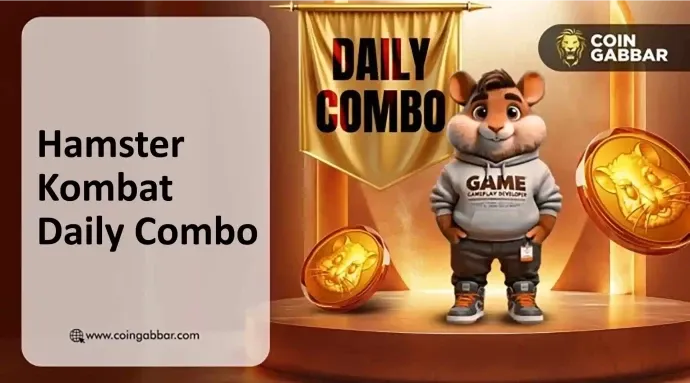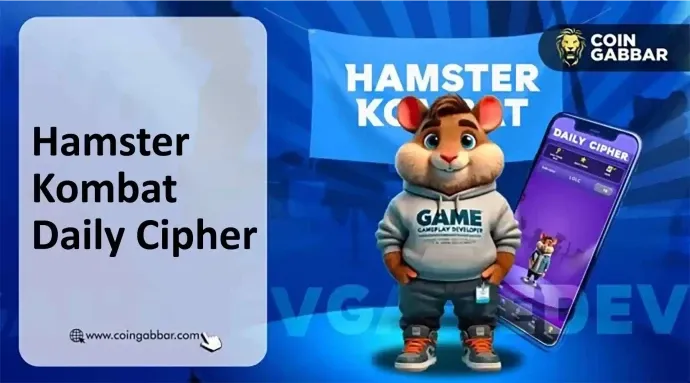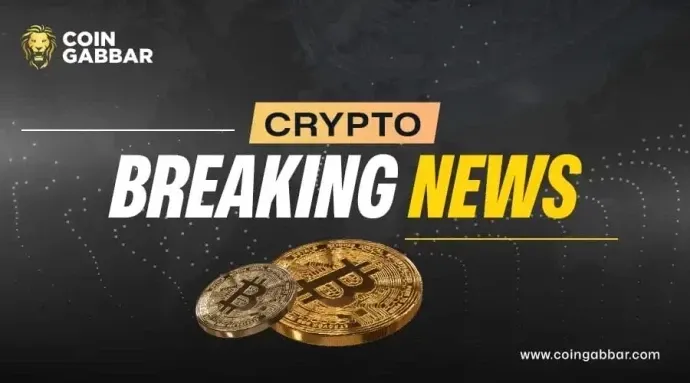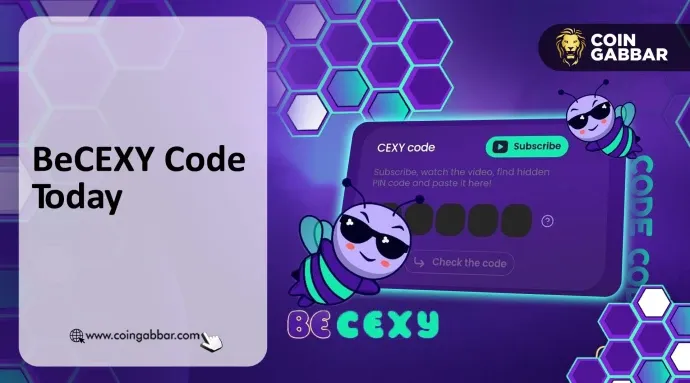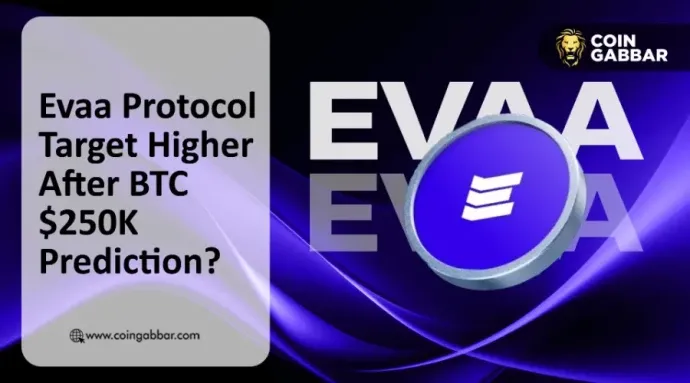Author: Asher Zhang, BitpushNews
On July 24th, Worldcoin, a cryptocurrency company founded by OpenAI CEO Sam Altman, announced the launch of the WLD token, which received a warm reception in the market upon its launch. By establishing on-chain IDs, it is accelerating the expansion of on-chain credit, which will significantly promote the development of oracle services. So, what are the application scenarios for oracle services, and what are the mainstream oracle projects in the cryptocurrency market?
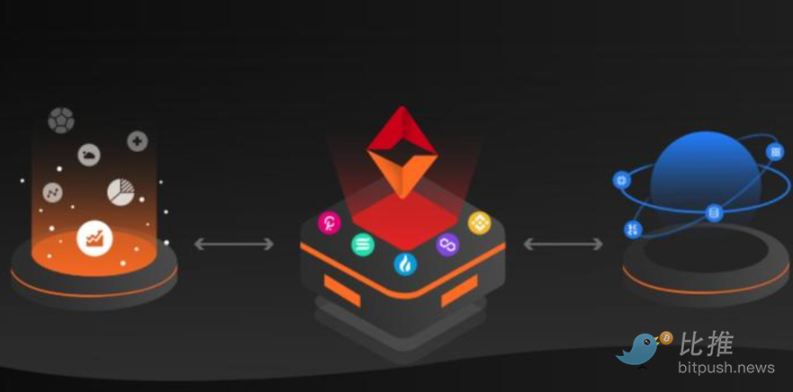
Why Is the Oracle Track Worth Paying Attention to?
RWA essentially brings real-world assets onto the blockchain, turning them into on-chain assets and further transforming off-chain transactions into transparent on-chain transactions. In the process of transactions, off-chain data needs to be transmitted to the blockchain, making oracles indispensable. Oracles are essentially a technology that brings real-world data onto the blockchain, used to obtain and verify external data on the blockchain. In the previous bull market cycle, the leading oracle project Chainlink surged mainly due to the explosion of "DeFi Summer." Recently, with the RWA track gaining popularity, various real-world assets are continuously being brought onto the chain, further increasing the demand for oracles. Therefore, during the hot process of the RWA track in the future, the oracle track is worth paying attention to.
In addition to the RWA track, specific areas of oracles are also worth paying attention to, such as L2, credit, NFT, DID, and several other directions with potential opportunities. L2 oracles mainly consist of native solutions in the op/zk ecosystems, with low latency and security being the core concerns, while price feeding is relatively secondary. Oracles in the credit and DID directions are more likely to explode in the next bull market, which will be emphasized later in the article.
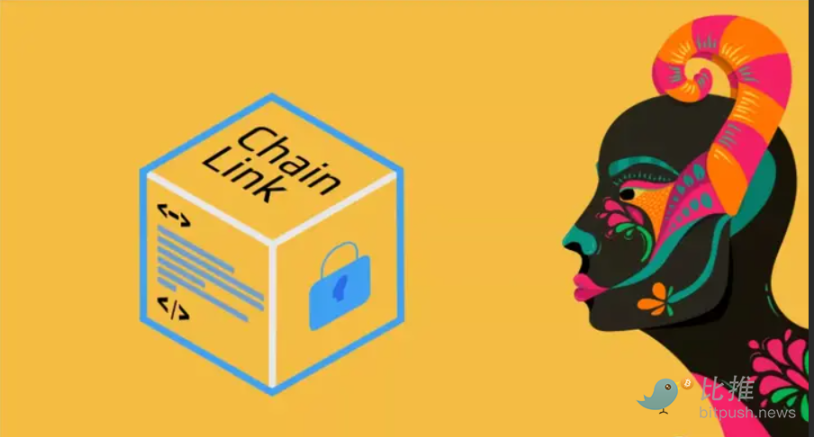
How Is the Oracle Track Classified?
The oracle track is a vast field, and it can be classified differently based on various scenarios.
In terms of oracle forms, they can be classified as software oracles and hardware oracles. In terms of data sources, they can be classified as centralized oracles and decentralized oracles. Centralized oracles typically integrate data from single trusted third parties such as government departments, official institutions, and reputable companies. Decentralized oracles refer to oracles with a distributed consensus mechanism, also known as consensus oracles.
In addition, there are also alliance oracles and TWAP, among others. Alliance oracles are a special form of decentralized oracles, where the node network consists not only of regular nodes but also of some designated trusted institutions as nodes, such as dYdX and 0x in MakerDAO's v2 version of oracles. TWAP is a price oracle introduced by Uniswap. Its data source comes entirely from the trading data of the Uniswap protocol itself, and the data retrieval and processing are entirely done on-chain. The principle of TWAP is based on the token price at the last transaction in each block, combined with the block time, to calculate the total historical price of a token in the protocol, allowing for the calculation of an average price when used.
What Are the Mainstream Oracle Projects?
Chainlink
ChainLink is a leading project in the decentralized oracle field, providing middleware that allows blockchain smart contracts to call external data. Chainlink is the world's first decentralized oracle, with clients including Google Cloud and Oracle, among other top-tier internet companies. Compared to other oracle projects, Chainlink's fees are relatively high.
Band Protocol
Band Protocol is an oracle project running on the Cosmos blockchain. Band's most distinctive feature is its cross-chain oracle solution, which extracts data from web-based APIs. Compared to Chainlink, Band Protocol is cheaper and can directly access external data, although Band Protocol has relatively fewer ecosystem projects.
UMA
UMA is an economic game oracle project. The project has two main technical features: the Data Verification Mechanism (DVM), which is a decentralized oracle service, and priceless financial contract design, which can be used to create synthetic tokens. The DVM has a mechanism to ensure that the cost of disrupting the oracle will exceed potential profits. Priceless financial contracts do not require on-chain price feeds to function and aim to minimize the use of on-chain oracles to reduce the frequency and scope of oracle attacks.
API3
API3's oracle solution allows data providers to operate their own oracles without going through intermediary operators such as ChainLayer and LinkPool.
Tellor
Tellor combines a hybrid mechanism of PoW mining and PoS staking, aiming to provide secure and decentralized data for DeFi protocols. Tellor's drawback is the inability to retrieve data in real-time, and storing data on Ethereum is relatively expensive.
NEST
NEST is a distributed price oracle that generates prices through bilateral quotes from miners, and validators can arbitrage if they find a deviation between the quoted price and the market price, then directly generate the price on-chain. In contrast to other oracles represented by Chainlink, NEST forms oracle data by having distributed nodes "feed data" to on-chain contracts.
Other oracle projects include the aggregated cross-chain oracle PlugChain and the decentralized oracle ADAMoracle, which supports broad node price feeding.
How Will the Oracle Track Develop in the Future?
Currently, the most criticized aspect of oracles is the credibility of data sources, as many oracles still use off-chain data generated under centralized mechanisms. Achieving a perfect oracle still has a long way to go, and Vitalik Buterin's proposed solution is more practical. Ethereum founder Vitalik once proposed "Can Oracles Achieve Common Staking, How Can RAI Systems Safely Support ETH Staking," which will largely address potential risks in oracle malpractice and is relatively easier to implement. In this article, Vitalik proposed three solutions: 1. Oracles as stakers; 2. Oracles as 2-of-2 stakers; 3. Tiered secure semi-trusted oracles. Each of these solutions has its own advantages and disadvantages in terms of implementation difficulty, preventing bad oracles, protecting holders of bad CDPs, and oracle operational willingness. However, Vitalik stated that Solution 1 seems to be easier to implement in the short term and will become an interesting supplement to earning other staking income spaces. But Solutions 2 and 3 seem to be more trustless and more enduring, with lower trust in oracles and better maintenance of decentralized staking. Therefore, in the long run, Vitalik is more inclined to choose the latter two solutions.
In terms of application areas, with the expansion of on-chain credit, credit oracles may be the most worth paying attention to in the next bull market. So, in which application scenarios are credit oracles likely to land first? Most likely, they will mainly focus on seven major application scenarios: legal identity verification, social identity verification, creation verification, fund verification, social reputation verification, personality verification, and interaction verification. Among them, the most noteworthy application scenarios are social identity verification, creation verification, and social reputation verification, among others.

Outlook for the Oracle Track
As a bridge connecting the blockchain and the real world, oracles are still in the early stages of development. In the future, more efficient and secure oracle solutions will continue to emerge. With the development of the blockchain industry, more assets and application scenarios will be brought onto the chain, expanding the application areas of oracles, such as in finance, insurance, supply chain, and the Internet of Things. Additionally, cross-chain interoperability is currently the most important trend in the blockchain industry, so in all likelihood, oracles will also achieve cross-chain data transmission and verification between different blockchain networks in the future, breaking the existing isolation and improving the liquidity and efficiency of the entire blockchain ecosystem.
免责声明:本文章仅代表作者个人观点,不代表本平台的立场和观点。本文章仅供信息分享,不构成对任何人的任何投资建议。用户与作者之间的任何争议,与本平台无关。如网页中刊载的文章或图片涉及侵权,请提供相关的权利证明和身份证明发送邮件到support@aicoin.com,本平台相关工作人员将会进行核查。
